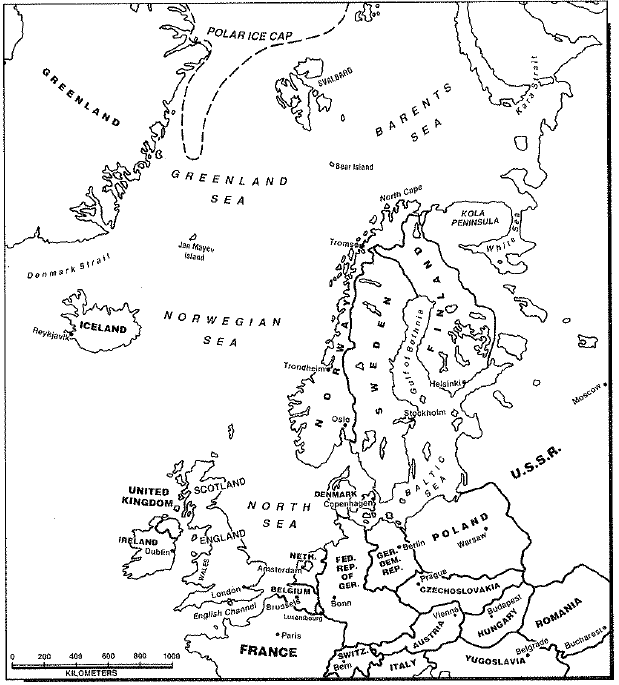The uniform change, stamped with the (green) white ensign and red on black WW2 inspired RM Commando flash seems part of a move to re-emphasise their maritime link and role.
"The RM Commando uniform 2020 reflects our distinctiveness and the unique capabilities we bring to defence"
tested weapons system with a number of features desirable for maritime roled infantry. Specifically greater reliability, enhanced stopping power and ammunition natures designed to reduce the chance of ricochets.
This is, more or less, where we currently sit.
Either that dock ships are obsolescent totems of a bygone age of amphibious warfare (to which I'd say most of the rest of the world seems to disagree) clinging on because of narrow military/political interests.
I hope that they are made with clear eyes about what certain decisions and force structures will allow defence to do, and what it will prevent it from doing.
Engaging Strategy Out.



































